For any woodworker, clamps are an essential tool. But not all clamps are created equal. The best parallel clamps can provide a rock-solid hold while preventing marring on your workpiece. Here's everything you need to know about these versatile tools. In this blog post, I've also included a buyer's guide to help you choose the right model for your needs.
Related: You might find this article interesting if you need bar clamps.

Parallel clamps are an excellent investment for any woodworker. They make clamping boards and other project pieces much easier and faster since you can use two clamps simultaneously instead of one.
Parallel clamps also distribute the clamp's force more evenly, preventing the wood from being damaged. Overall, parallel clamps are a valuable addition to any workshop and are well worth the money.
Related: You might find these right angle clamps useful if you're looking for them.
How many parallel clamps do I need?
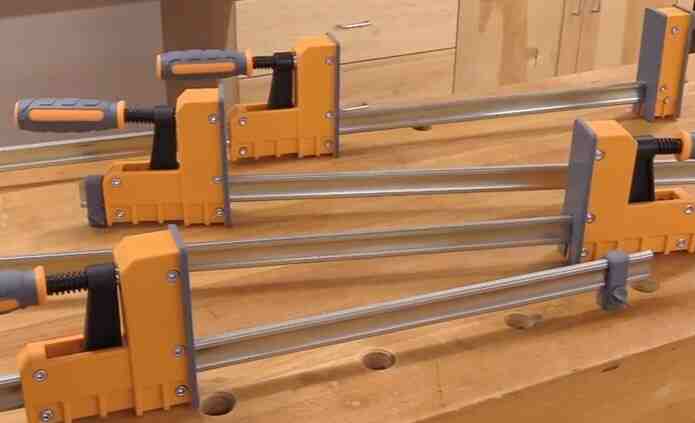
It depends on the type of project you are working on.
A simple project might only require two clamps, while a more involved project might require six clamps or more. It depends on the size and complexity of the project.
Make sure to use as many clamps as necessary to keep the wood in place while working on it. This will help ensure that your project turns out looking great!
How to choose the best parallel clamps for your workshop?
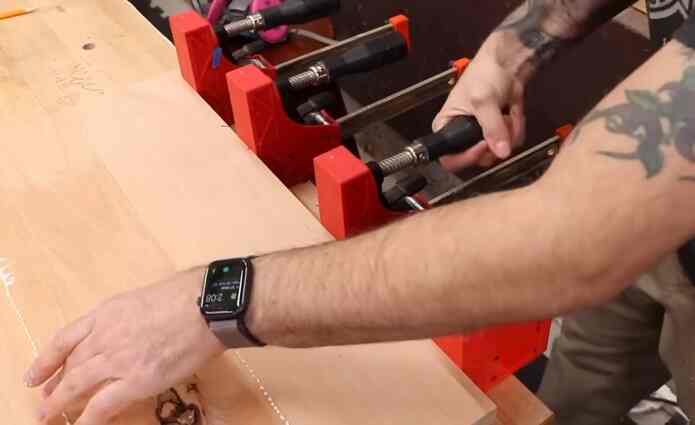
Regarding parallel clamps, you need to consider a few key factors to select the best ones for your workshop. Here are eight of the most important:
1. Size and capacity.
Parallel clamps come in various sizes, so choosing the ones that best suit your needs is essential. Consider the size of your projects and the amount of pressure you'll need to apply when selecting.
2. Jaw length.
Parallel clamps with longer jaws can reach further and grip more surface area, making them ideal for larger projects. Shorter jaws are better for smaller projects or tighter spaces.
3. Throat depth.
This is the distance from the back of the clamp's jaws to the screw, and it will determine how much space you have to work with behind the material you're clamping. Choose a deeper throat for thicker materials or more working space and a shallow throat for thinner materials or less working space.
4. Material.
Parallel clamps are typically made from either cast iron or aluminum. Cast iron is stronger and more durable, but aluminum is lighter and easier to maneuver. Consider what type of projects you'll use your clamps for when making your choice.
5. Pressure rating.
All parallel clamps have a pressure rating, the amount of pressure they can apply without breaking. Choose a higher pressure rating for heavier-duty projects and a lower one for lighter ones.
6. Adjustability.
Some parallel clamps have adjustable jaws that can be moved closer together or further apart, while others have fixed jaws. Adjustable jaws give you more flexibility when clamping different-sized materials or working in tight spaces.
7. Ease of use.
Parallel clamps with easy-to-use features like quick-release levers and built-in depth stops will make your life easier when clamping projects. Look for these types of features when choosing your clamps.
8. Price.
Parallel clamps vary widely in price, so it's important to set a budget before purchasing. Remember that the more features a clamp has, the more expensive it will be. Choose the clamps that have the features you need without breaking the bank.
Considering all eight factors, you'll be sure to find the perfect parallel clamps for your workshop.
Best rated parallel clamps: An overview
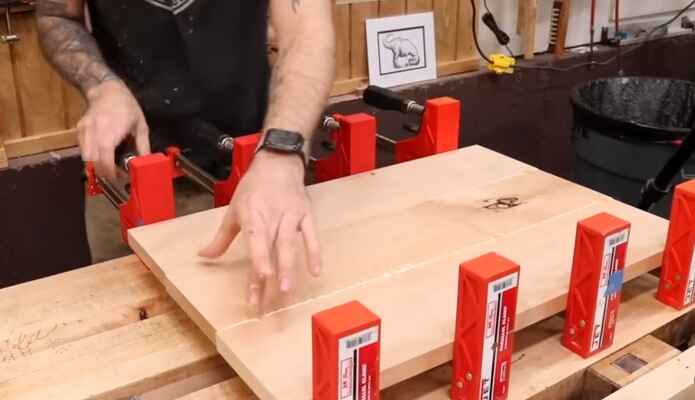
If you're looking for the best parallel clamps on the market, you've come to the right place. Here I'll look at the top-rated parallel clamps and what makes them great.
1. Bora 40" Parallel Clamp
Bora 571140T Parallel Clamp is a precision machined bar clamp perfect for woodworking and other do-it-yourself projects. The clamp has a unique jaw design that allows infinite adjustment to get the perfect fit every time. The jaws are also coated with a non-slip material to prevent your workpiece from sliding around. The clamp also features a built-in spirit level, so you can be sure your work is perfectly level. The Bora 571140T Parallel Clamp is an excellent choice for anyone who wants a precision tool that will help them get the job done right.
2. POWERTEC 71368 Parallel Clamps for Woodworking
POWERTEC 71368 24-Inch Parallel Clamps for Woodworking are the perfect addition to any workshop. With a 90 degree heavy-duty steel bar jaw clamp spreader tool, these clamps provide maximum grip and stability for your projects. The set of 2 clamps is easy to use and provides even pressure along the entire workpiece. With durable construction, these clamps are built to last and can handle even the most challenging projects. Whether you're a professional woodworker or a hobbyist, these clamps are a must-have for your workshop.
3. BESSEY KRE3540 Parallel Clamp
BESSEY KRE3540, 40 In., Parallel Clamp, K Body REVO Series is a top of the line clamp that is perfect for various projects. The jaws on this clamp are made of hardened steel, ensuring long-lasting durability and a precise grip. The large opening jaw capacity allows you to work with various materials, making this clamp extremely versatile. The ergonomic design and soft-grip handles make this clamp comfortable and easy to maneuver. The quick-release trigger allows you to quickly and easily adjust the clamping pressure, making it perfect for delicate projects. The swivel pads on the jaws protect your work surface from damage and ensure a tight grip. This clamp is an essential tool for any woodworker, hobbyist, or DIYer.
4. JET 70411 Parallel Clamp Framing Kit
Looking for a way to add more stability to your projects? Check out the JET 70411 Parallel Clamp Framing Kit. This fantastic product comes with two clamps, one measuring 24 inches and the other 40. That means that you can use them for a variety of different projects, both big and small. The clamps are made of strong steel built to last, so you can use them repeatedly without worrying about breaking or bending. And because they're adjustable, you can get a tight, secure fit every time. So why not give the JET 70411 Parallel Clamp Framing Kit a try? You won't be disappointed.
5. IRWIN Tools Record Parallel Jaw Box Clamp
IRWIN Tools Record Parallel Jaw Box Clamp is essential for any woodworker or contractor. This clamp features heavy-duty construction with a cast iron body and jaws that open up to 24 inches wide. The adjustable throat depth allows you to clamp various material thicknesses, while the large comfortable handles make it easy to apply pressure. In addition, the built-in pipe jaws will enable you to use this clamp on round or irregular shapes. Whether you're gluing, sanding, or painting, the IRWIN Tools Record Parallel Jaw Box Clamp will help you get the job done right.
What is a parallel clamp?
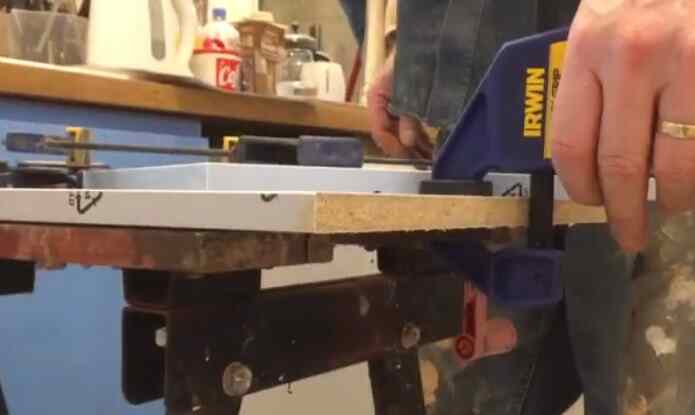
A woodworking parallel clamp is a type of hand tool used to secure two workpieces parallel to each other. They are typically made from metal or wood and have two movable bars that can be tightened onto the workpieces to hold them in place. This makes them ideal for gluing boards together, securing a joint while drilling screws, or any other tasks where you need to keep the workpieces perfectly aligned.
Related: Using Parallel Clamps in Woodworking: What You Need to Know?
How do parallel clamps work?
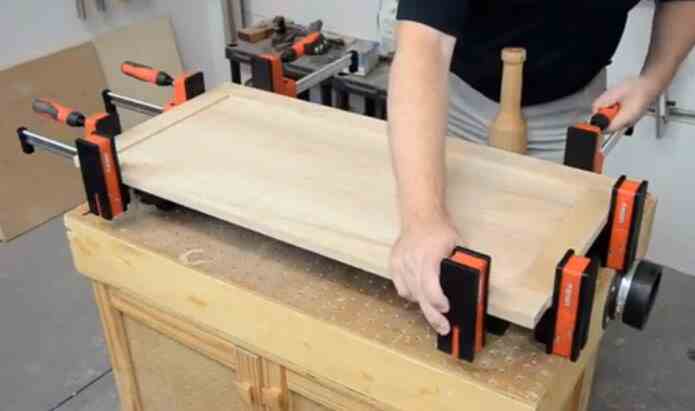
Parallel clamps are one of the most commonly used tools in woodworking. They are handy for various tasks, from holding two pieces of wood together while you drill a hole to clamping a board down while you see it. But how do parallel clamps work?
Parallel clamps get their name because they have two parallel jaws, which can be adjusted to different widths. The jaws are connected to a screw, which is turned to open and close the clamp.
To use a parallel clamp, you adjust the jaws to the desired width, place the wood between them, and turn the screw to tighten the clamp. The pressure of the jaws holding the wood together will keep it from moving while you work.
Parallel clamps are an essential tool for any woodworker, and with a bit of practice, they can be used for various tasks.
Related: Parallel clamps: what they are used for?
What are the different types of parallel clamps?
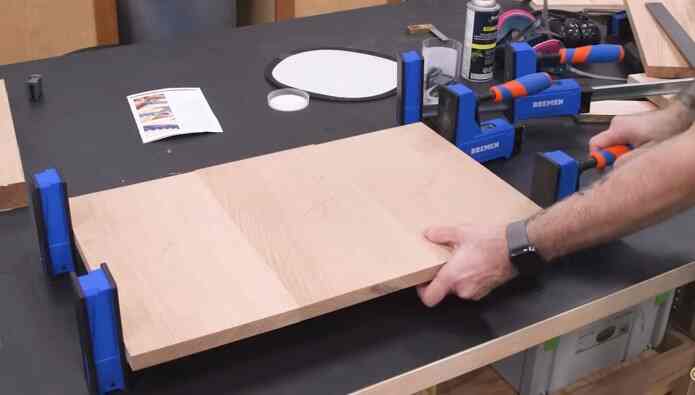
There are two main types of parallel clamps: open-clamp and close-clamp. Each type has advantages and disadvantages, so choosing the right one for your project is essential.
Open-clamp parallel clamps
Open-clamp parallel clamps are the most common type. They're easy to use and provide a good grip on your workpiece. However, they can be tricky to align correctly, and if you're not careful, they can leave marks on your workpiece.
Close-clamp parallel clamps
Close-clamp parallel clamps are less common, but they offer advantages over open-clamp clamps. They're easier to align correctly and don't leave marks on your workpiece. However, they can be more challenging to use and don't provide as good of a grip.
When choosing parallel clamps, you must consider your needs and decide which type is right for you. If you need a firm grip and easy alignment, go with close-clamp parallel clamps. If you need an easy-to-use clamp that won't damage your workpiece, go with open-clamp parallel clamps.
Are parallel clamps better than pipe clamps?
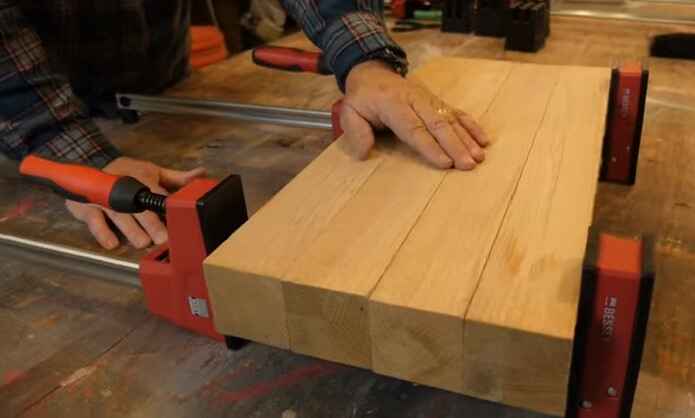
When choosing between parallel and pipe clamps, one must consider the size of the workpiece. Pipe clamps can accommodate larger workpieces than parallel clamps. Another consideration is the weight of the workpiece. The parallel clamp is better suited for heavier pieces than pipe clamps, as pipe clamps can't handle as much weight. Finally, consider the thickness of the material you're working on. A parallel clamp can clamp thicker materials better than a pipe clamp.
How to open the jaws of a parallel clamp?
There are two ways to open the jaws of a parallel clamp. The first is using the thumbscrew, and the second is using the release lever.
To use the thumbscrew, loosen it by turning it to the left. Then, hold the clamp's body in one hand and the handle in the other. The handle should be pushed away from the clamp's body, while the thumbscrew should be twisted to the right. This will open the jaws of the clamp.
To use the release lever, first push down on the lever. Then, hold the clamp's body in one hand and the handle in the other. Push the handle away from the body of the clamp. This will open the jaws of the clamp.
What are some of the benefits of using a parallel clamp?
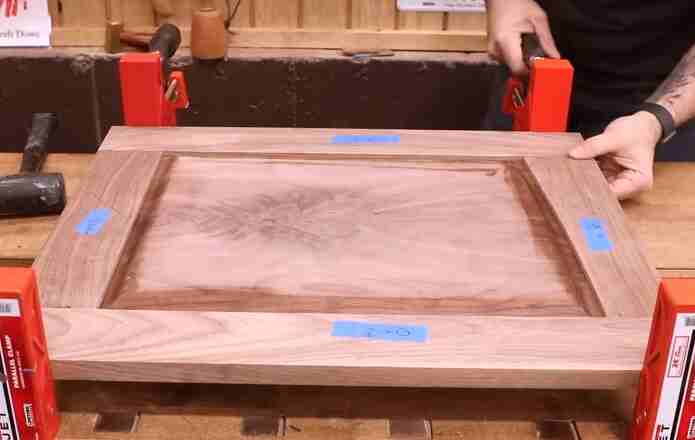
Parallel clamps have many benefits, and they can be a great addition to any woodworking shop. Here are six benefits of using parallel clamps:
1. Increased accuracy
When clamping two boards together, parallel clamps will help ensure that the boards are aligned correctly and parallel. This is especially important when joining boards for projects such as a tabletop or a bookshelf.
2. Greater stability
Unlike C-clamps, which can sometimes slip and move around, parallel clamps provide a more stable grip that helps prevent movement. This can be beneficial when working with larger pieces of wood that need to be kept level and steady.
3. More even pressure
When clamping two boards together, parallel clamps distribute the pressure evenly across both boards. This helps prevent one board from being damaged or warped by the clamping process.
4. Easy to use
Parallel clamps are very easy to use and can be quickly adjusted to the desired width. This makes them an excellent choice for beginners or anyone who wants a quick, easy way to clamp two boards together.
5. Affordable
Parallel clamps are affordable and can be found at most hardware stores or online retailers. This makes them an excellent option for anyone on a budget.
6. Versatile
Parallel clamps can be used for various tasks, such as clamping two boards together for gluing or drilling or holding a board in place while sawing. This makes them a must-have tool for any woodworker.
Whether a beginner or a seasoned woodworker, parallel clamps can be a great addition to your shop. With their increased accuracy, stability, and even pressure, parallel clamps can help you easily complete any project. So next time you're looking for a clamp, consider parallel clamps for all your woodworking needs.
Final Words
Now that you know more about the best parallel clamps on the market, it's time to choose the right one for your needs. Consider what projects you will use them for and how often you need to use them. Also, think about the budget and whether you need any extra features. With this information in mind, I was hoping you could look at my top picks and see which clamp best fits you.